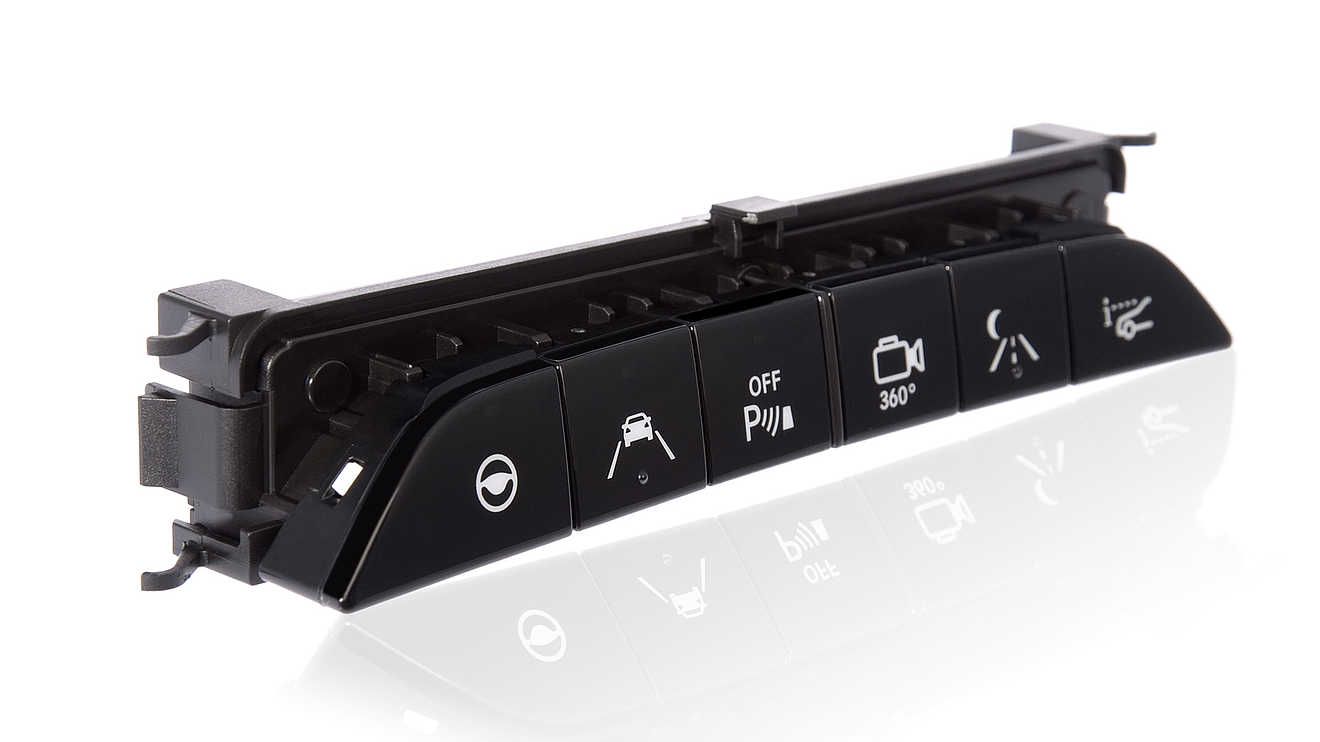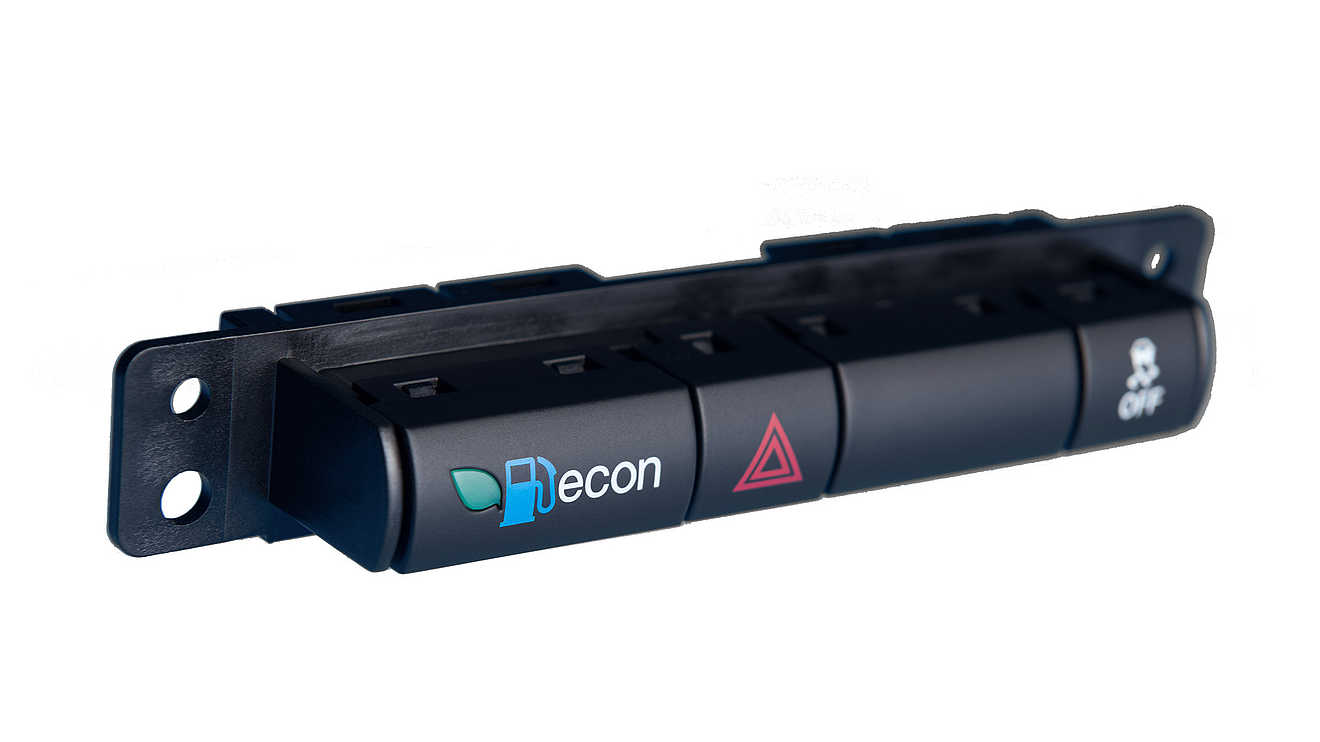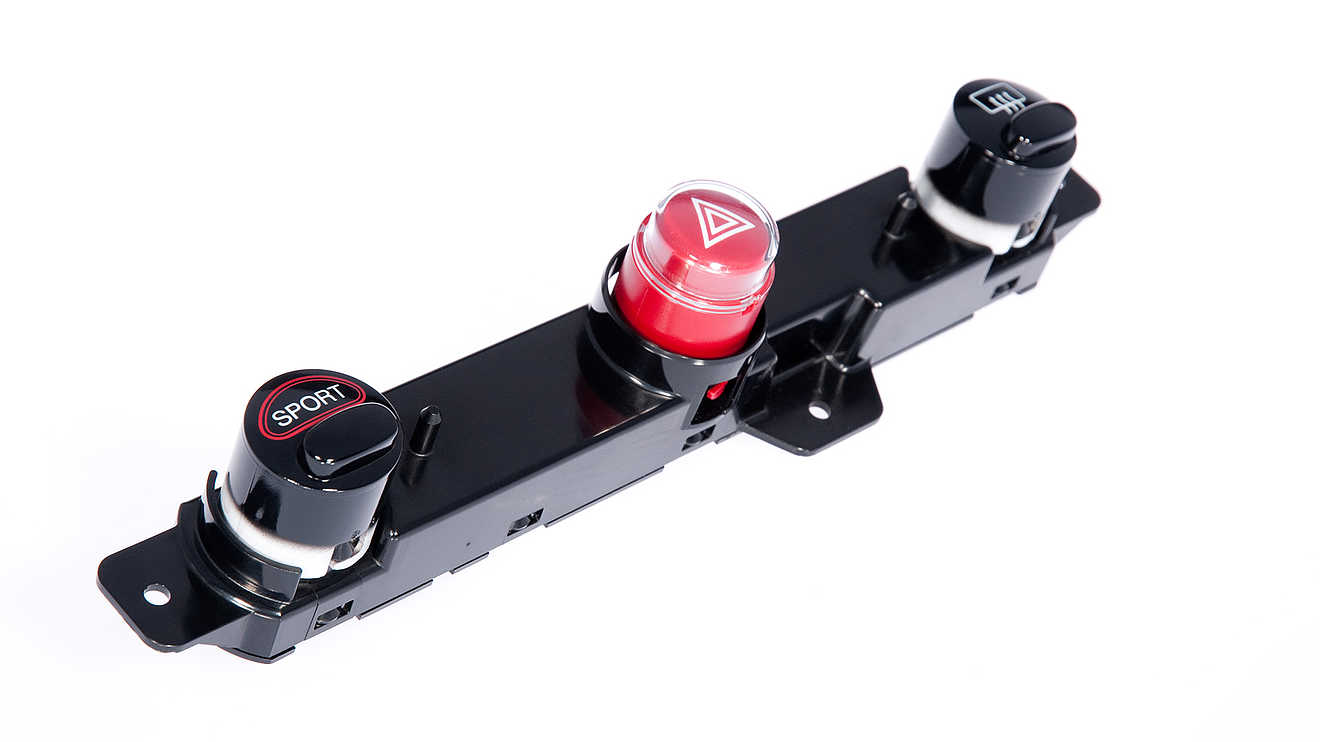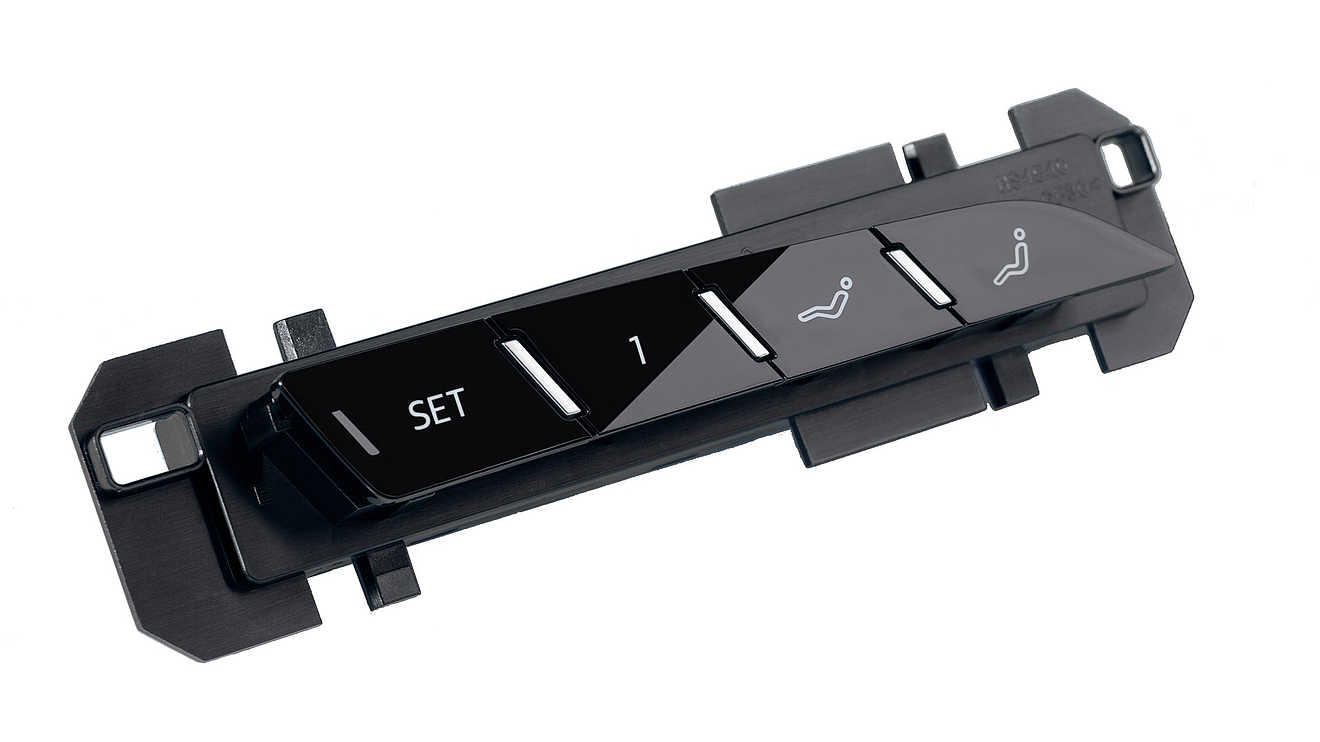Fon: +49 9252 709-0
Fax: +49 9252 709-199
Mail: info(at)kh.de
© 2024 Kunststoff Helmbrechts AG
Our website uses cookies. In addition, content from external platforms is integrated at various points. The type and purpose of the cookies set is explained in Privacy Statement.



